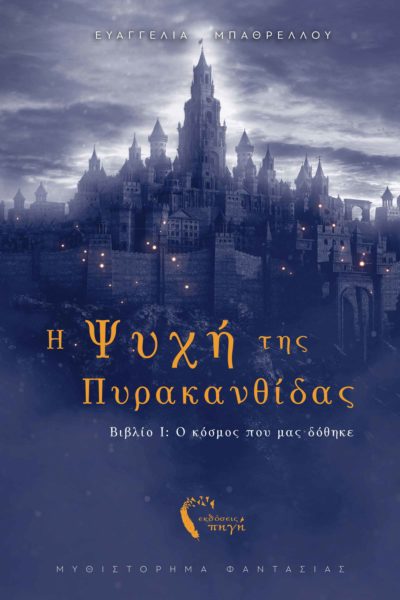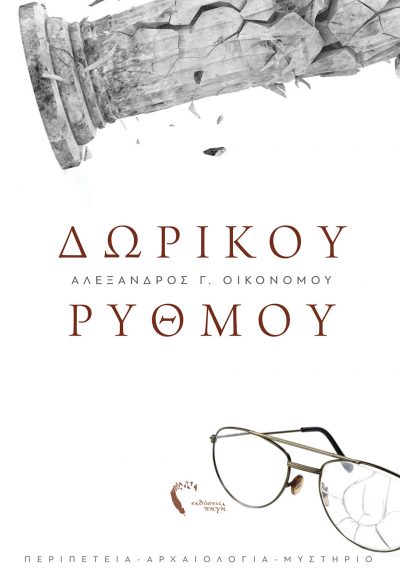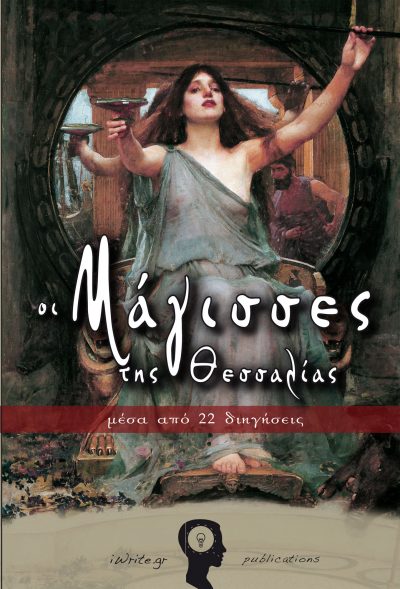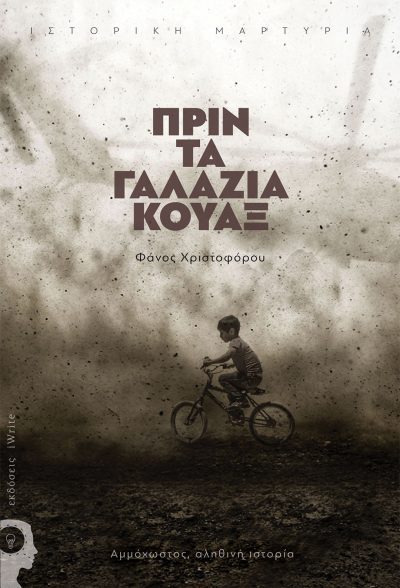ΈNine years after the Fall of Constantinople, two buccaneer knights and a child set out from Adrianople, Edirne, following the ancient Egnatia road, with the mission of secretly transporting a precious treasure to the West. Bandits will cut off their path, murdering them outside Durrës, and grab the treasure. The child, Telemachus, will be miraculously saved and under the weight of this tragic experience will continue his coming-of-age journey to the West, with the recovery of the stolen and revenge in mind.
It is formed and matures in the environment of the flourishing cities of the Italian Renaissance, from Venice and Bologna to Rome and Naples and from there to the Spain of Ferdinand and Isabella and the south of France. Fascinating loves, intrigues, disappointments and successes, acquaintances with famous scholars, lords, cardinals and artists, but also sea wolves and alchemists of the time, characterize the turbulent course of his life. In the end, he will return to the places where his life's journey began, in Ottoman Constantinople, Edirne and Thessaloniki. Supporter and fellow traveler on this journey is his fraternal friend Amadeo, who will eventually write his friend's story.
Five hundred years later, three other friends, based on Amadeo's manuscript they find in a monastery in Iberia, will try to follow the footsteps of Telemachus in Europe and the Balkans and, why not, discover the lost treasure he might have had he manages to recover. They will move between international circles of mobsters, embezzlers and murderers to achieve their goal, they will be forced to overcome fears and reconstruct certainties, until the truth is revealed. A historical book, full of adventure and mystery.





















Dimitra Beslika -
A fascinating story of apprenticeship and wandering in the footsteps of the life of the author's Renaissance hero. A journey full of images, sounds, smells and emotions that connects the world of the early renaissance with the modern world of European cities and the historical novel with the dark world of antiquities.
WHITE SAMARA -
In "AVILA'S MANUSCRIPTS" the imagination is framed by the knowledge of the history that the author deals with, of the geographical landscape, as well as of today's scientific research and reality. It moves comfortably between medieval monasteries and libraries to today's scientific conferences. The routes in the Balkan countries, the narratives and descriptions of places close to us, the rivers where you dare to hear the noise of the water somewhere, the historical cities, come to life through the descriptions of the author, who, being an architect, 'embroiders'.
RENA KIRKA -
The heroes in the Avila Manuscripts, both modern and Renaissance, get involved in difficult adventures, sometimes because they risk their lives trying to carry out an important secret mission and sometimes because they try to solve riddles and discover lost treasures .
Each description touches the intellectual part of the reader, the narrative the intellectual and the emotional together, but Alexandros Oikonomou also uses another technique in his fiction. It incorporates into the novel the tension and excitement that a detective story evokes, as the reader tries to solve the mystery along with the heroes, but at the same time manages to arouse the curiosity and suspense of the readers, keeping the interest undiminished until the last page.